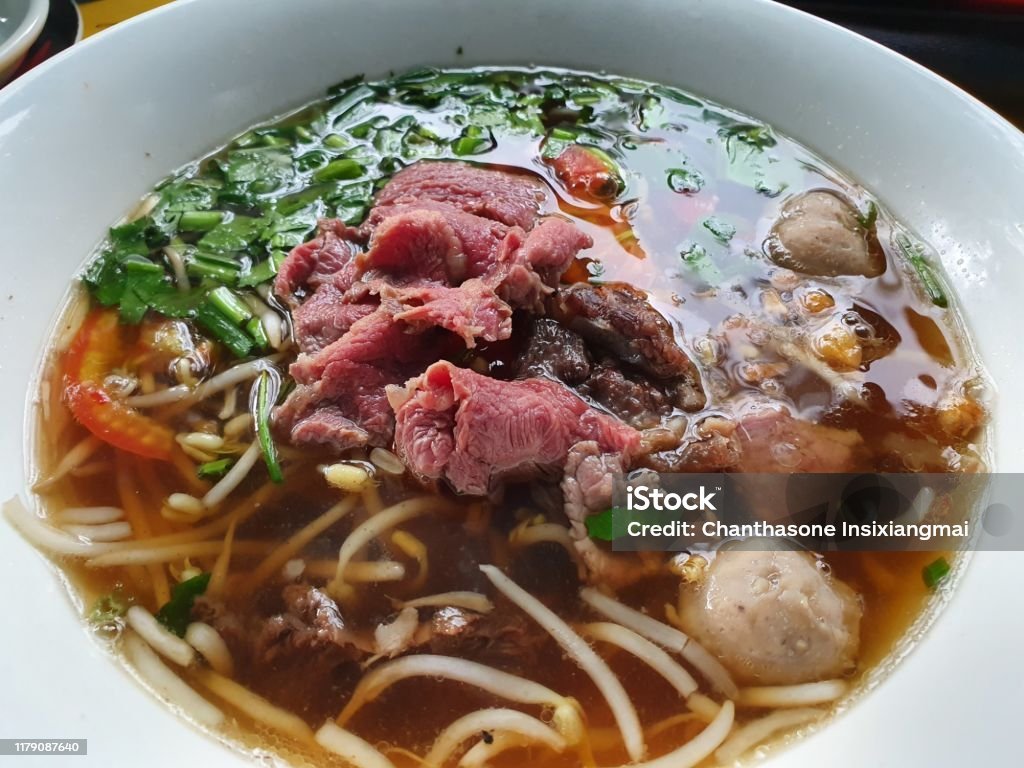
Vietnam is a linguistically diverse country with a rich tapestry of languages reflecting its cultural history and ethnic composition. The official language is Vietnamese, spoken by the majority of the population. However, there are several minority languages spoken by various ethnic groups across the country.
Vietnamese
Vietnamese, the official language, belongs to the Austroasiatic language family. Its script uses Latin characters, a legacy of French colonial influence. It is Vietnam’s most widely spoken language and is a unifying force among the diverse ethnic communities.

Vietnamese Dialects
There are regional Vietnamese dialects within Vietnam, with variations in pronunciation, vocabulary, and expressions. The three main dialects are Northern, Central, and Southern Vietnamese. The differences are noticeable in accent and language, but speakers from different regions can generally understand each other.
Ethnic Minority Languages
Vietnam is home to numerous ethnic groups, each with a distinct language. Some prominent minority languages include:
- Hmong: Spoken by the Hmong people in the northern mountainous regions.
- Tay: Common among the Tay ethnic group in the provinces of the north.
- Khmer: Found in the Mekong Delta, spoken by the Khmer minority.
- Montagnard Languages: A group of languages spoken by various indigenous groups in the Central Highlands.
English and French
As a result of historical connections, English and French are taught in schools and spoken by some of the urban population, particularly in the business and tourism sectors. English proficiency has been growing steadily in recent years.
Sign Language
The deaf community in Vietnam uses Vietnamese Sign Language. Efforts have been made to standardize sign language and provide accessibility, but it remains a niche form of communication.

Preservation Efforts
With a commitment to cultural diversity, the Vietnamese government has recognized the importance of preserving minority languages. Efforts include language education programs, documentation, and support for language revitalization initiatives.
Impact of Globalization
Globalization and increased connectivity have led to greater exposure to foreign languages, primarily English. Younger generations often incorporate English words into their conversations, reflecting the influence of global media and technology.
In conclusion, Vietnam’s linguistic landscape is a testament to its rich cultural mosaic. While Vietnamese unifies the nation, diverse minority languages underscore the country’s ethnic richness. Efforts to preserve and celebrate this linguistic diversity contribute to Vietnam’s cultural identity in an ever-changing world.






